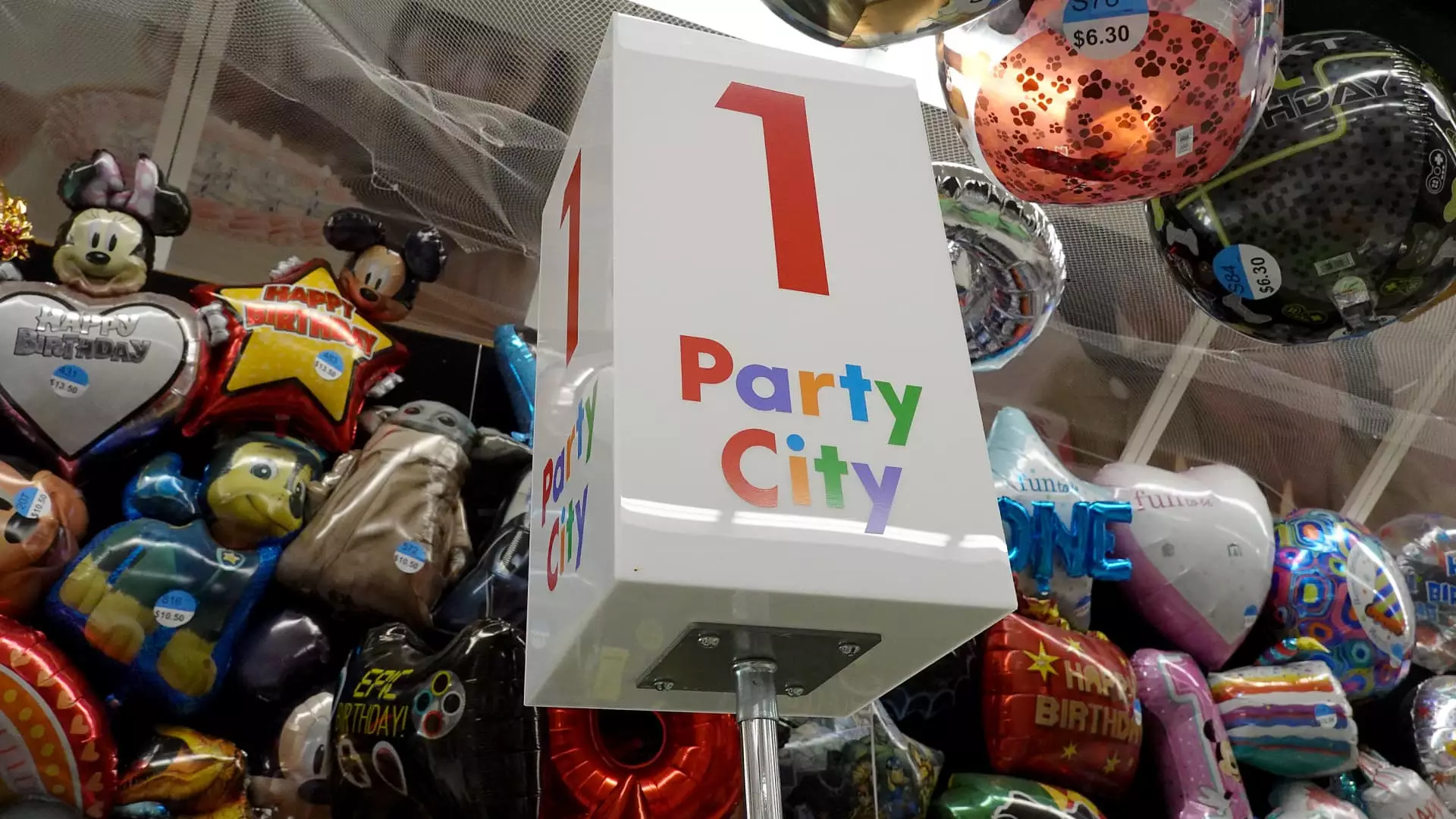In a startling turn of events, Party City has declared it will permanently close all its retail outlets and has initiated immediate layoffs across its corporate structure. This revelation, reported by CNN, has sent shockwaves through the workforce and the party supply industry. In a heartfelt meeting with employees, CEO Barry Litwin shared the devastating news, stating that the company must “commence a winddown process immediately.” He emphasized the difficulty of conveying such a message, highlighting the severity of the situation for both employees and stakeholders alike.
Party City’s decision comes on the heels of prolonged financial difficulties. Just under two years ago, the company sought bankruptcy protection, revealing a staggering debt of $1.7 billion. This bankruptcy was not merely a temporary setback but signaled deeper issues within the company’s financial health. Although Party City emerged from bankruptcy in September 2023, transitioning into a privately-held entity and reducing its debt by nearly $1 billion, the relief was short-lived. The company managed to keep most of its 800 U.S. stores operational, but the financial scaffolding required to sustain such a large organizational structure was dangerously unstable.
The turmoil at Party City coincided with a change in leadership, as Barry Litwin was appointed CEO just a month prior to the announcement of closures. Litwin, who previously led Global Industrial Company, expressed optimism about the potential to revitalize the company’s performance. He had envisioned numerous avenues for innovation and growth within the party supply sector. However, the rapid transition from hopeful strategic planning to necessary liquidation suggests that the company may have underestimated the severity of its turmoil and the challenges ahead.
Competitive Landscape and Market Pressures
The retail space for party goods has become increasingly competitive, exacerbating Party City’s struggles. Companies like Spirit Halloween have expanded aggressively, announcing new store openings and adapting existing locations for seasonal use. This adaptability has allowed competitors to capitalize on lucrative holiday seasons more effectively than Party City, which has struggled to maintain its customer base. Additionally, the rise of online shopping has intensified pressure, as consumers increasingly turn to digital platforms for party supplies. Party City initiated an online presence on Amazon in 2018, but the impact on their sales has evidently been insufficient to counteract these ongoing challenges.
The fate of Party City serves as a grim reminder of the volatile nature of the retail industry, where shifting consumer preferences and market dynamics can upend even established brands. As they navigate this difficult transition, it will become crucial for both current and aspiring retailers to closely observe the factors that led to Party City’s decline. There are invaluable lessons regarding debt management, competition analysis, and the need for agile operational strategies. Understanding these dynamics could be the key to ensuring more sustainable success in an industry marked by rapid change.

